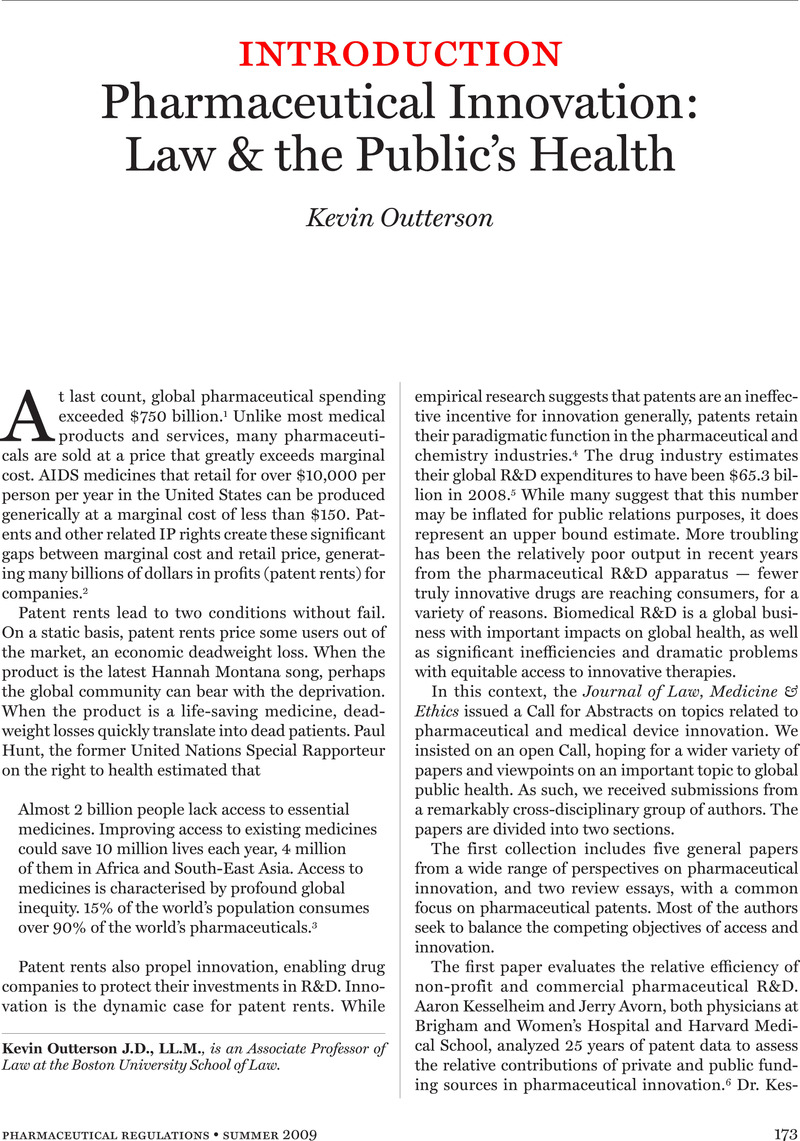Crossref Citations
This article has been cited by the following publications. This list is generated based on data provided by Crossref.
Faunce, Thomas
Bai, Jimmy
and
Nguyen, Duy
2010.
Impact of the Australia—US Free Trade Agreement on Australian Medicines Regulation and Prices.
Journal of Generic Medicines: The Business Journal for the Generic Medicines Sector,
Vol. 7,
Issue. 1,
p.
18.
Adusei, Poku
2013.
Patenting of Pharmaceuticals and Development in Sub-Saharan Africa.
p.
111.
Outterson, Kevin
2014.
Testimony of Kevin Outterson (Boston University School of Law) to the House Energy and Commerce Committee, September 19, 2014.
SSRN Electronic Journal,



